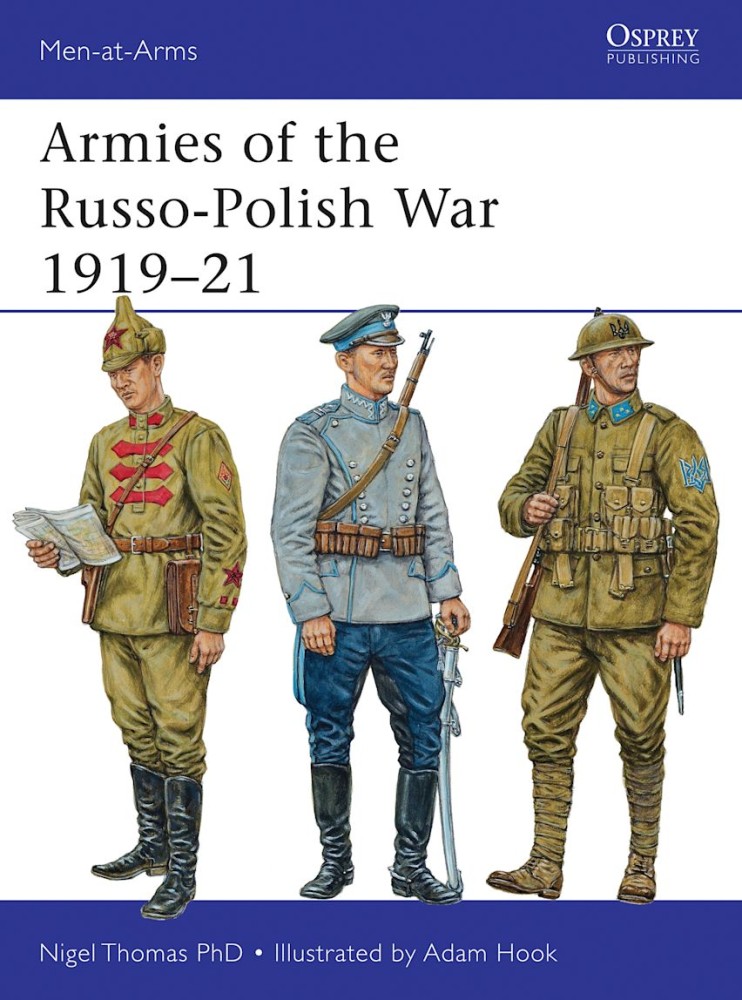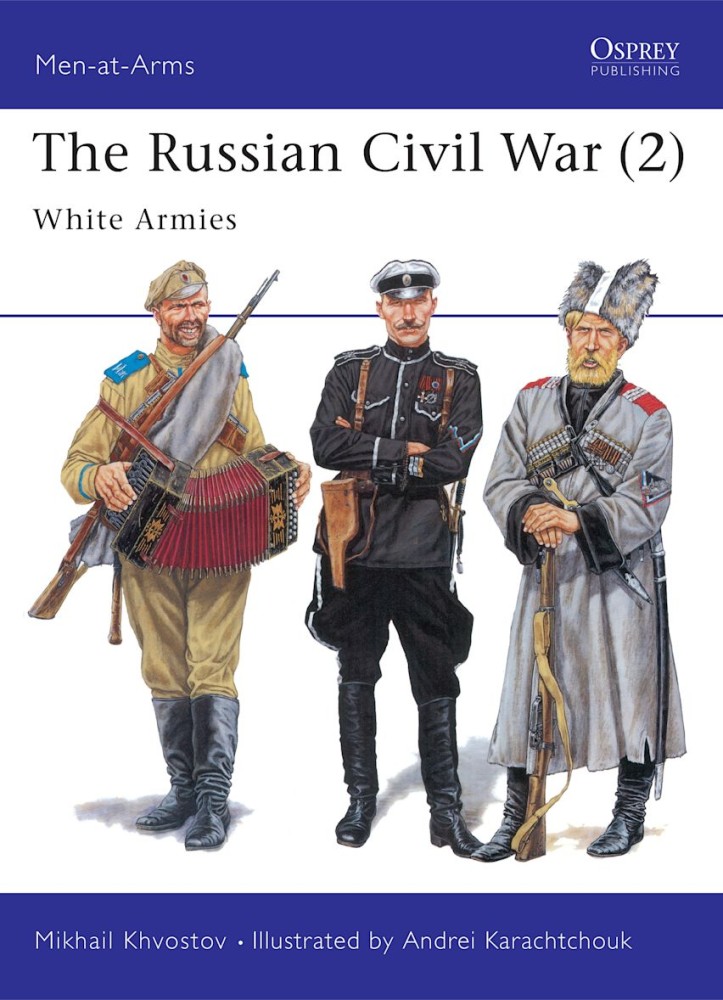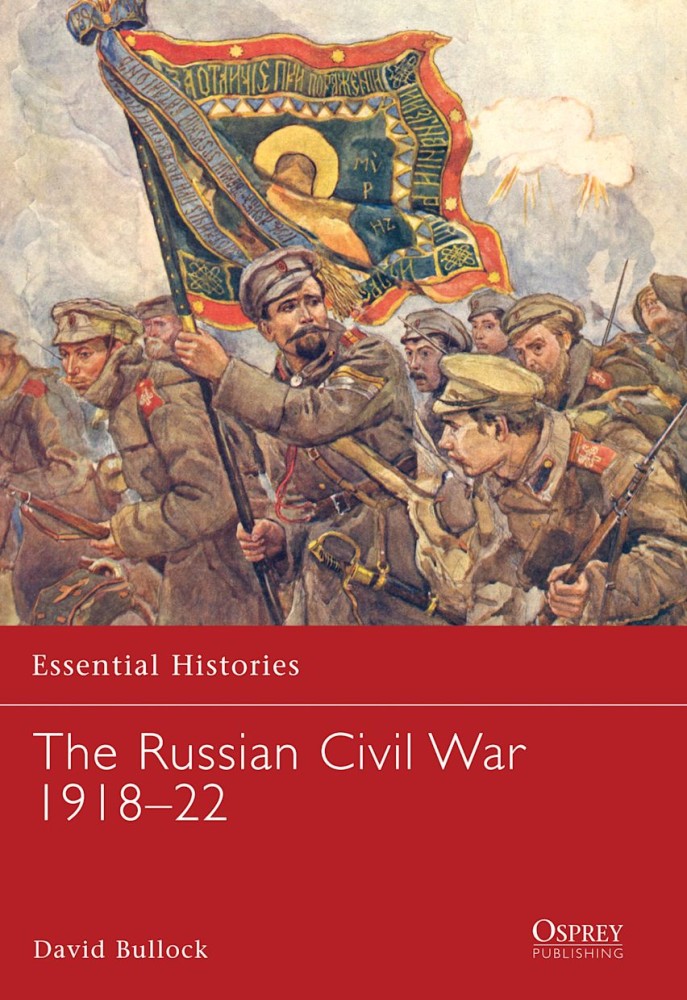In 1917 Poland was recognised as a state by Russia, but the Bolshevik coup threatened this. The Polish leader Marshal Pilsudski hurried to build an army around Polish World War I veterans, and in 1918 war broke out for Poland's independence, involving the the Poles, the Red and White Russian armies, at least two different Ukrainian forces, and Allied intervention troops. The armies that fought these campaigns were extraordinarily varied in their uniforms and insignia, equipment and weapons, and when peace was signed in 1921, Poland had achieved recognised nationhood for the first time since 1794. Featuring specially commissioned full-colour artwork, this engaging study explains and illustrates the armies that fought in the epic struggle for the rebirth of the independent Polish nation, in the bitter aftermath of World War I.
Soon after the 1917 February revolution, and the abdication of Tsar Nicholas II, the White cause began to emerge and oppose the Bolsheviks. There was, however, no single, united White Army to fight the Red Army and the forces available to the Whites represented a spectrum of political factions including monarchist military organisations and social-democrats. Many of the Cossack hosts also sided with the Whites, seeing it as an opportunity to create their own independent states; others remained neutral or hostile to both sides. This fascinating text by Mikhail Khvostov examines the colourful uniforms and the equipment of the White armies of the Russian Civil War.
The Russian Civil War is the most important civil war of the 20th century, changing the lives of over half a billion people and dramatically shaping the geography of Europe, the Far East and Asia. Over a four-year period 20 countries battled in a crucible that would give birth to Communist revolutions worldwide and the Cold War. David Bullock offers a fresh perspective on this conflict, examining the forces involved, as well as the fascinating intervention by Allied forces. At the dawn of modern war, as cavalry duelled with tanks, aircraft, and armoured trains along shifting fronts, this title tells a military story enacted against a backdrop of political and social revolution and within the context of immense human loss. The reader cannot fail to be moved by the rare photographs and illustrations that make this history come alive.



